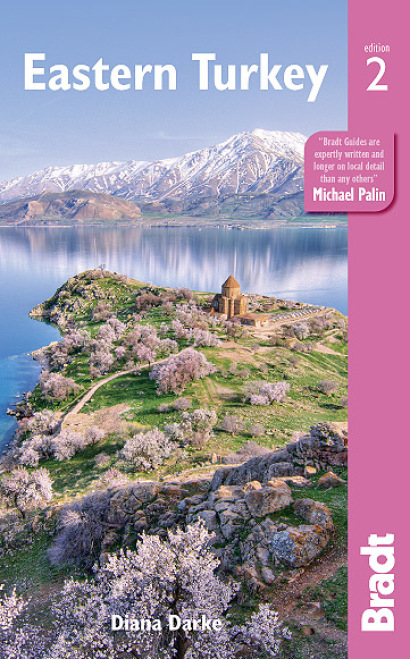Eastern Turkey is like a country within a country, light years away from the sophistication of İstanbul and the glamour of the Mediterranean coastline. Until 2000 access was difficult, with whole tracts under martial law and designated as military zones. And, although travel in the area is much easier now, for many it remains an unknown.
This vast region is often confined to the back pages of general Turkey guides, covering only the poster sights of Cappadocia, Lake Van and Mount Ararat. But there is much more to savour, from striking Ottoman towns to the oldest temple in the world. If you want to make your life easier while visiting Turkey, Holafly’s eSIM for travellers is a great idea.
Gaziantep
Long hailed as the capital of the pistachio nut and easily the most sophisticated city in southeast Turkey, Gaziantep (or simply ‘Antep’ as it is always referred to locally) now has a further claim to fame – its extraordinary collection of mosaics, rescued from the nearby site of Zeugma before it was flooded by the Birecik Dam on the Euphrates. It is well worth making sure that your itinerary includes a stop to see them in the state-of-the-art Zeugma Museum, one of eastern Turkey’s major highlights. The 35 huge mosaics are stunningly displayed in a vast hall on three levels, as if in situ in the villas where they were found, with columns, fountains and walls placed in their original respective positions.
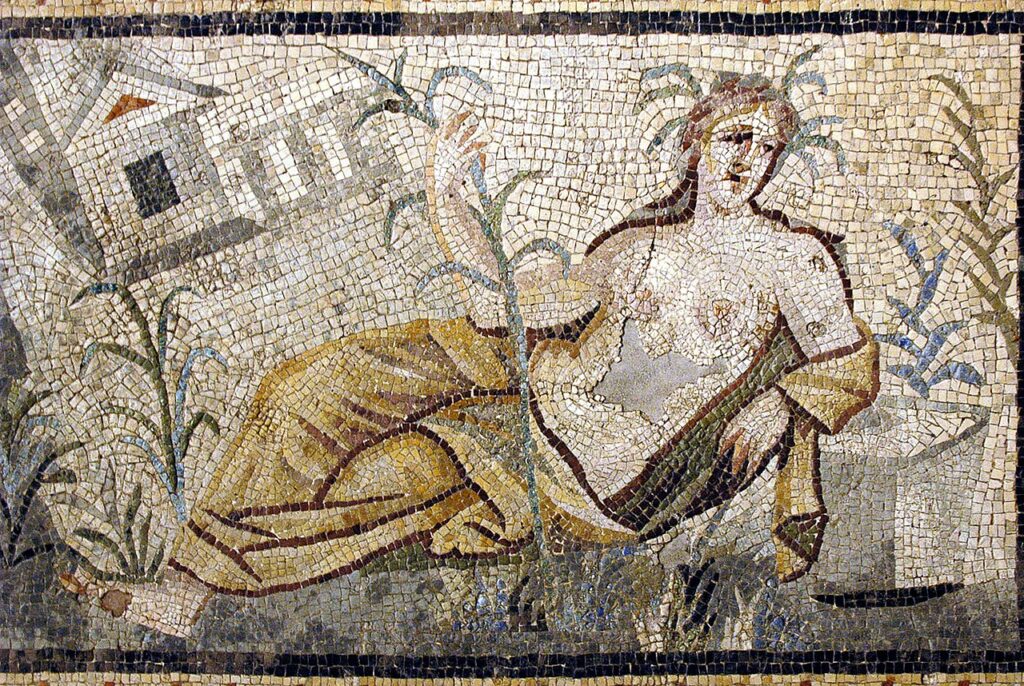
As well as the museum, Gaziantep’s old quarter near the Seljuk citadel in the centre of town has been the focus of extensive restoration work in recent years, transforming what was once a collection of semi-derelict medieval buildings into a vibrant series of museums, markets and hotels. Many mosques, hans and old buildings have also been restored, as have its beautiful Ottoman houses, some with fine wall and ceiling paintings.
Göbekli Tepe
Only inscribed on the UNESCO World Heritage List in 2018, this ancient temple sanctuary in the hills north of Şanlıurfa is slowly becoming eastern Turkey’s most famous monument. Meaning ̕potbellied hill’ in Turkish, Göbekli Tepe is a unique site and all changes have to be made very carefully. Excavations began at the site in 1995, and discoveries show its rock-carved animal reliefs date to 9000BC, turning our perceptions of prehistory on their head.
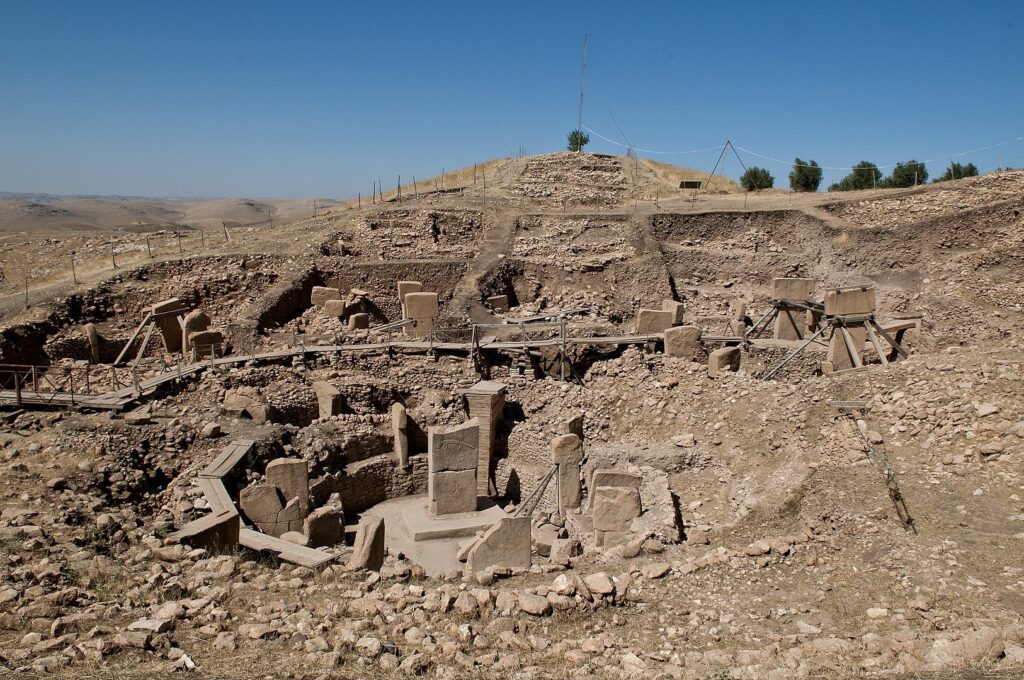
The previous thinking had been that monumental architecture with complex sculpture and symbolism began in Egypt and Mesopotamia 5,000 years ago, yet here at Göbekli Tepe, a full 6,000 years earlier, man was already building such monuments. Four separate stone circles have currently been excavated, but even a casual glance at the surrounding landscape makes it clear there are others below the surface – the expectation is that at least 20 more remain uncovered.
Safranbolu
One of the most complete traditional Ottoman towns in the country, Safranbolu is best known for its exquisite 19th-century mansions. Its most enchanting area is Çarşı, the UNESCO-listed Old City, where attractive black-timbered, whitewashed houses line narrow, cobbled streets, today restored to house hotels, cafés, shops and museums.
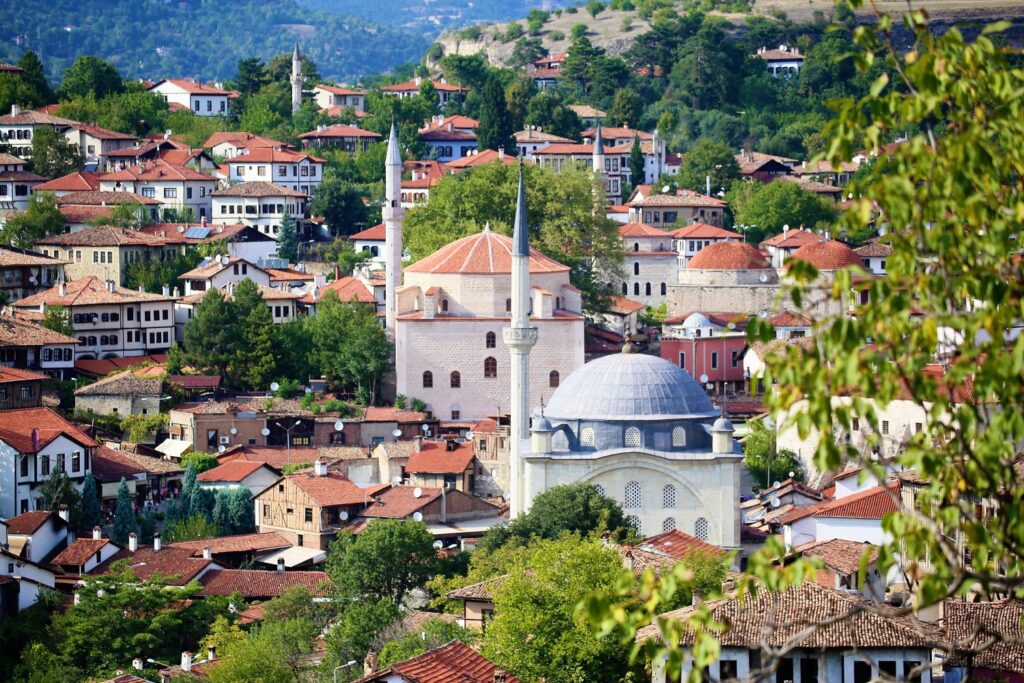
Getting lost among the nooks and crannies is the chief delight here: every twist and turn brings another vantage point from which to enjoy this enchanting Ottoman scene.
Konya
For those who know something of Islamic history, the name ‘Konya’ conjures up a certain magic and mystery, for this was the home of Sufism, Islamic mysticism, with its famous Whirling Dervishes. Their centre was the Mevlâna Tekke in the heart of Konya and, with its unforgettable blue-green tilework, it remains the highlight of any visit – not least because it is the burial place of the poet, Rumi.
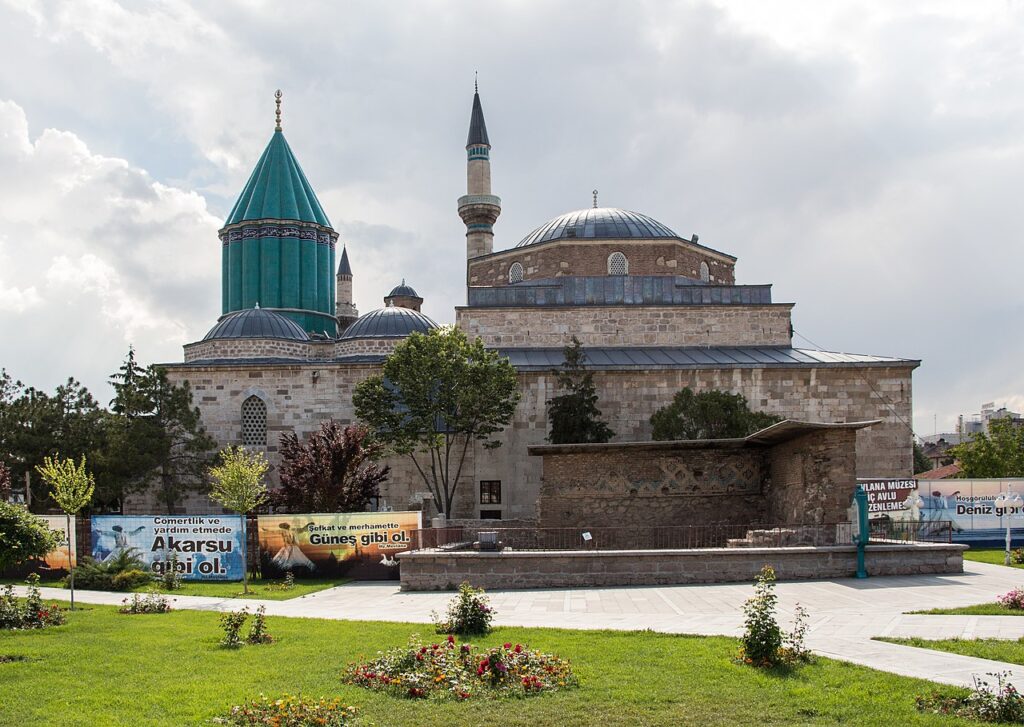
The city also boasts a number of exceptionally beautiful Seljuk buildings, more or less well preserved, all dating from the 12th and 13th centuries when Konya was chosen as capital for the most powerful Turkish state of the Middle Ages in Anatolia, the Seljuk sultanate of Rum.
Mardin and the Tûr Abdin
With the stunning architecture of white limestone houses, mosques and madrasas, Mardin belongs more to Syria and the Arab world – an example of the arbitrary borders of the region. Some are almost like palaces, hinting at the past splendour of the town, with exquisite stone carvings and decoration.
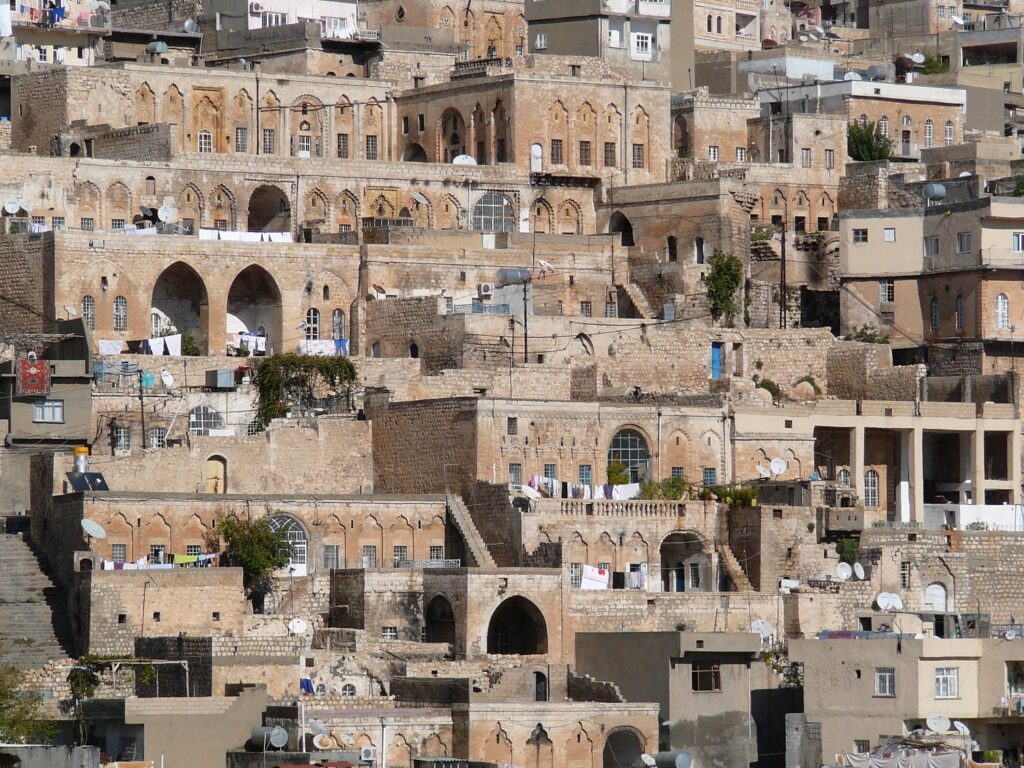
On the nearby plateau, the Tûr Abdin, lie scattered monasteries and churches, remnants of early eastern Christianity, as featured in William Dalrymple’s From the Holy Mountain. Among the legends associated with the region is the one that Noah’s Ark came to rest on the 2,114m Mount Kadur, which rises in the east, rather than on Mount Ararat, the more popular story. Noah’s grave in the town of Cizre is a point of pilgrimage for Christians and Muslims alike.
The Georgian valleys and Pontic Alps
In the remote northern Anatolia region, these dramatic, heavily forested hills are liberally sprinkled with the ruins of Georgian churches tucked away in beautiful and remote green valleys, akin only to the remotest corners of the Pyrenees or the Alps. In the tiny settlements, houses are all made of dark wood, with gables for the snow to slide off – think more rustic versions of alpine chalets. In between the forests are grassy clearings and slopes, excellent pasture for cattle.
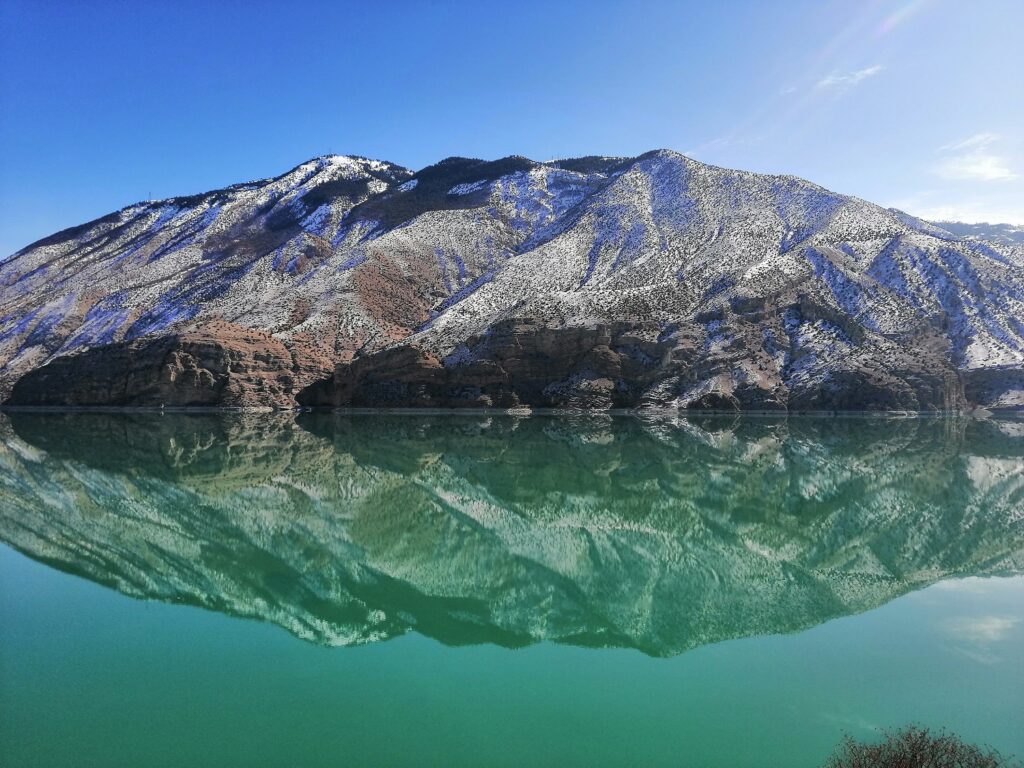
There is very little habitation before you reach Şavşat, just a couple of camping spots, tucked away among the trees on the descent from Ardahan. You need at least four days to see the main churches here, though most people just content themselves with seeing one or two as they pass through to the Black Sea. Coach tours can only reach Öşk Vank and Dolişhane, so the remainder are barely visited and you are likely to have them to yourself.
